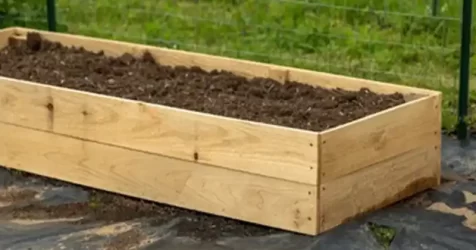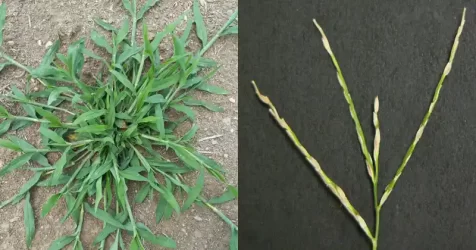How to Make Winter Mulch: How and When to Apply It to Protect Your Garden/Yard
Winter mulching is a fantastic way to protect your garden during the colder months while providing numerous benefits to your plants. As temperatures drop and frost sets in, applying mulch can insulate the soil, regulate temperature fluctuations, prevent frost heaving, and protect plants’ roots from harsh winter conditions. Here’s a comprehensive guide on how to make, apply, and maximize the benefits of winter mulching for your garden.
What You’ll Need:

- Mulch Material: Opt for organic materials like straw, dried leaves, wood chips, pine needles, or shredded bark. These materials offer insulation while allowing air and water to reach the soil.
- Gloves and Rake: To spread the mulch evenly.
- Compost (optional): Adding a layer of compost before mulching can provide additional nutrients to the soil.
How to Mulch for Winter Protection:
1. Choose the Right Time:
Apply winter mulch after the ground has frozen slightly. This helps retain the cold and prevents rodents from seeking shelter in the warm mulch.
2. Prepare the Garden:
Remove any debris, weeds, or dead plant material from the area to be mulched. This allows for better insulation and prevents potential disease or pest issues.
3. Add Compost (Optional):
If you plan to enrich the soil, spread a thin layer of compost before applying mulch. This step nourishes the soil and benefits your plants in the long run.
4. Apply the Mulch:
Spread a layer of mulch around 2-4 inches thick. Ensure you cover the root zone of plants but avoid piling the mulch against the plant stems, as this can invite pests and diseases.
5. Mulch Around Trees and Shrubs:
Extend the mulch outwards but leave some space near the trunk or stem to prevent rot or disease. The mulch ring should resemble a donut shape rather than a volcano.
6. Protect Vulnerable Plants:
Young or delicate plants might need extra protection. Consider using burlap, old blankets, or protective covers before applying mulch for added insulation.

Benefits of Winter Mulching:
- Insulation: Mulch acts as a thermal blanket, keeping the soil temperature more stable and protecting plant roots from extreme cold.
- Moisture Regulation: Mulch helps retain moisture in the soil, preventing it from drying out due to harsh winter winds.
- Weed Suppression: By smothering weed growth, mulch reduces the likelihood of invasive plants taking root during winter.
- Soil Protection: Mulch prevents soil erosion caused by winter rains and snowmelt.
- Nutrient Source: Organic mulches break down over time, enriching the soil with essential nutrients.
When to Remove Winter Mulch:
In early spring, as temperatures start rising and the soil thaws, gradually remove the mulch. This allows the soil to warm up and encourages new growth. Use a rake to gently pull the mulch away from the base of plants, and consider incorporating the decomposed mulch into the soil to further enrich it.
Final Tips:
- Avoid Over-Mulching: Applying too much mulch can create problems like excess moisture, suffocation of plant roots, and providing a haven for pests. Stick to the recommended thickness.
- Monitor Moisture Levels: Check the soil moisture occasionally during the winter. If there’s a prolonged dry spell, consider watering lightly to prevent dehydration.
Winter mulching is a simple yet effective technique to safeguard your garden during the coldest months. By properly applying mulch, you offer your plants a better chance at surviving winter’s harsh conditions, ensuring they thrive when spring arrives.



















